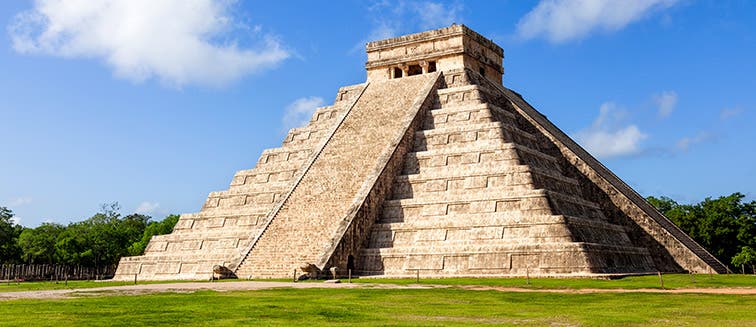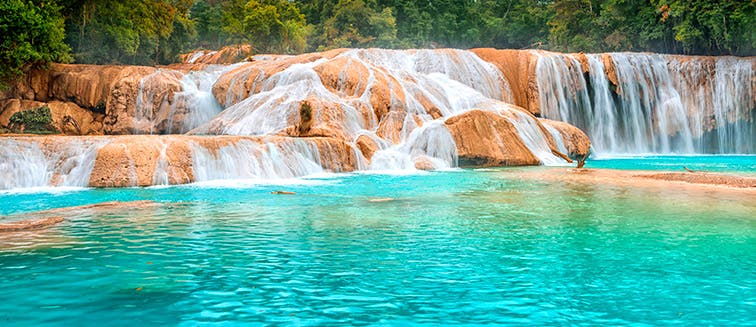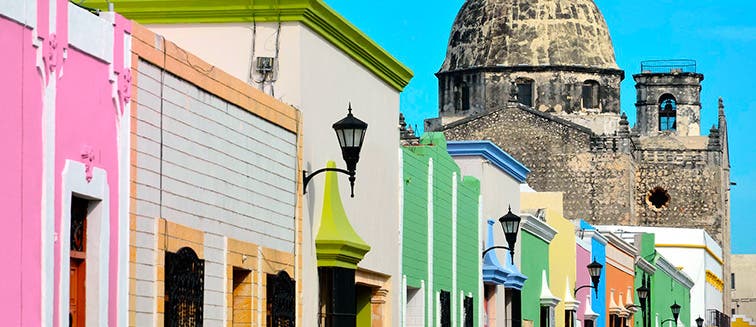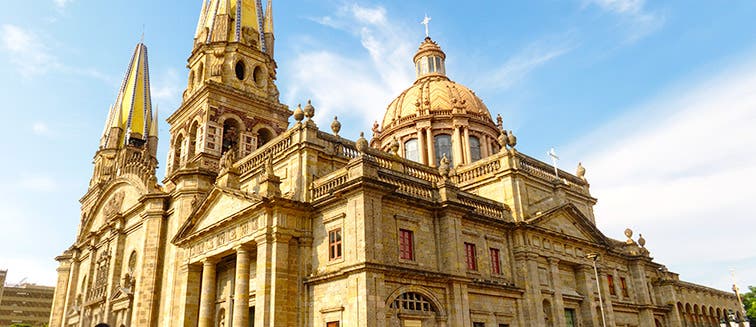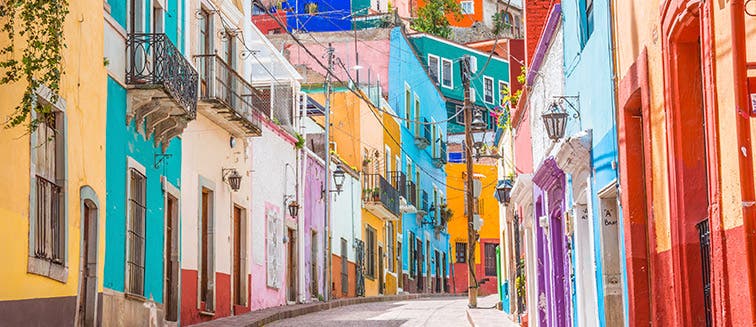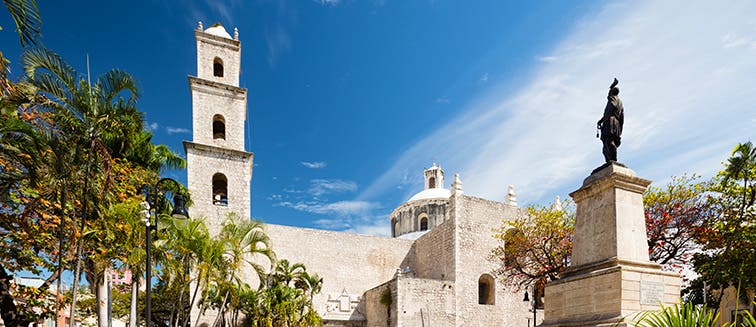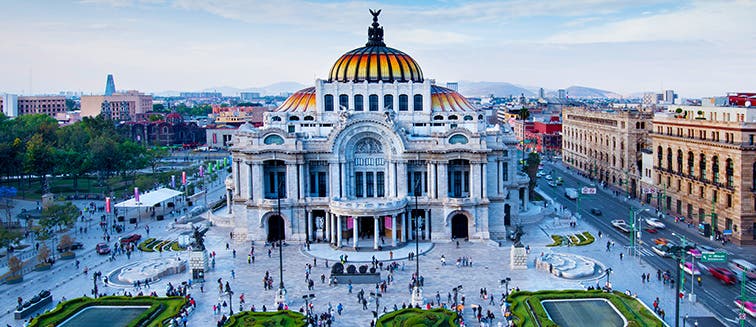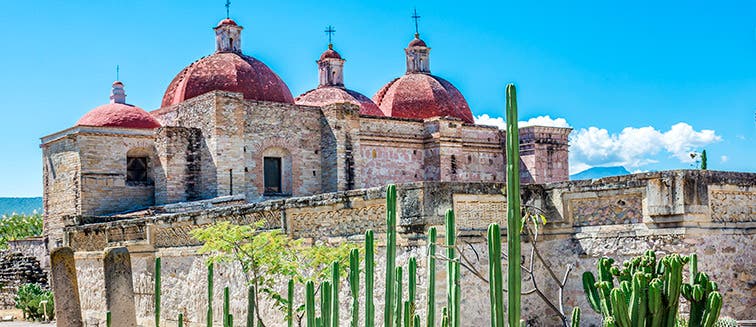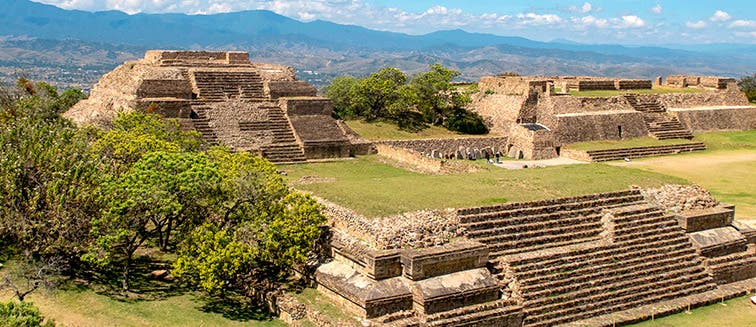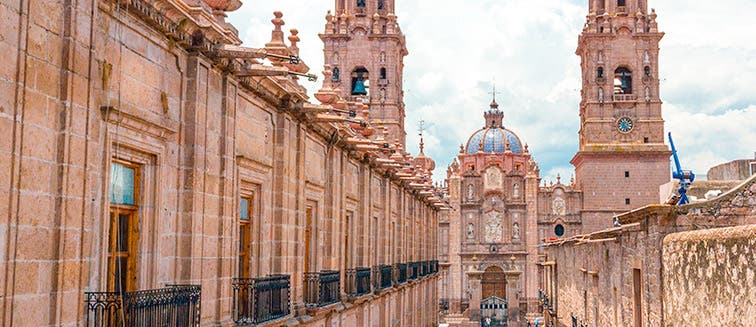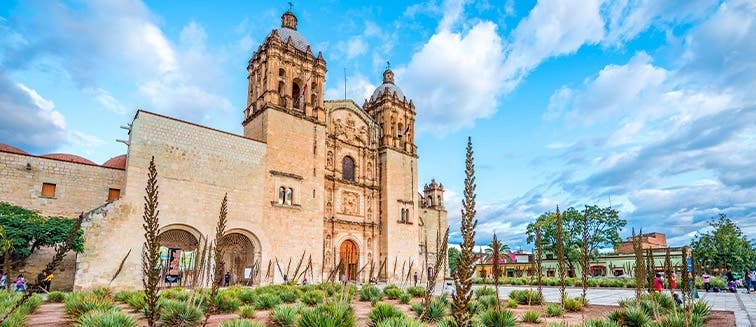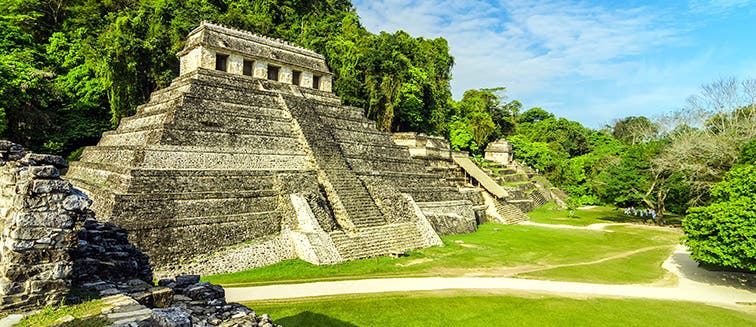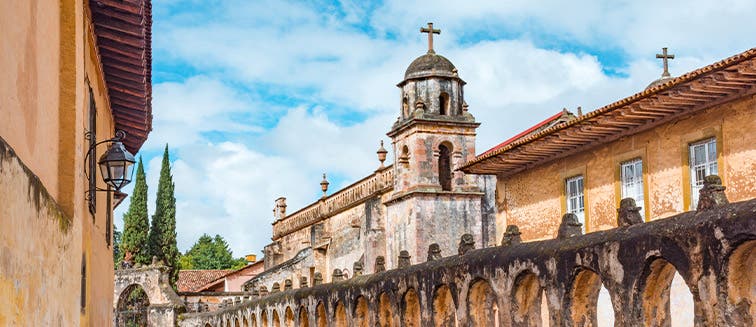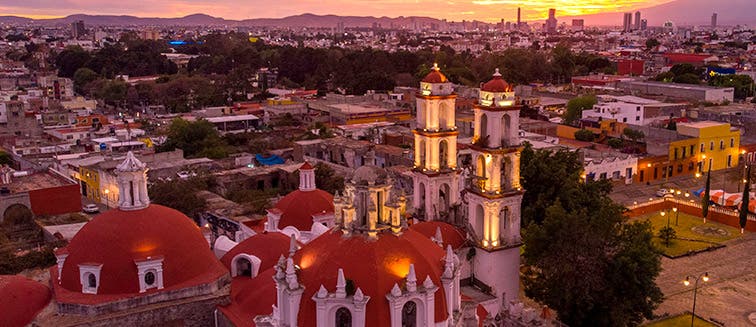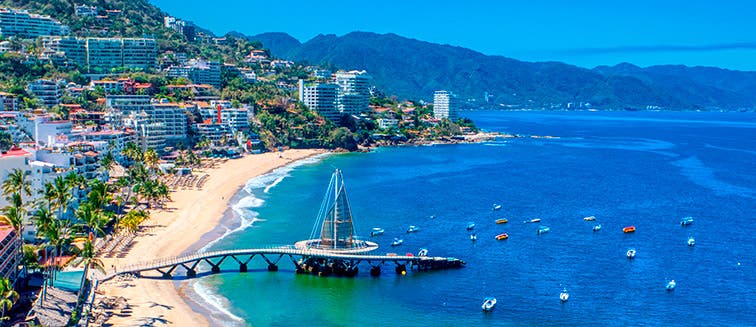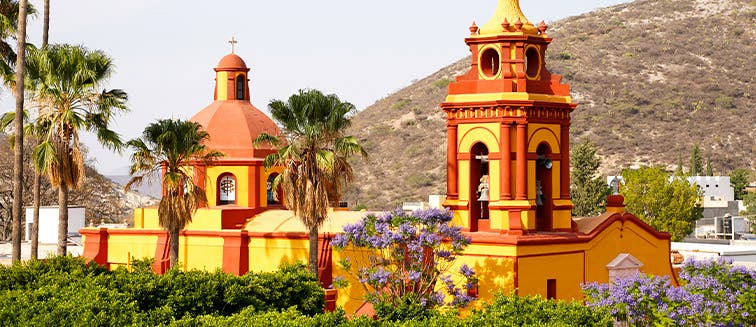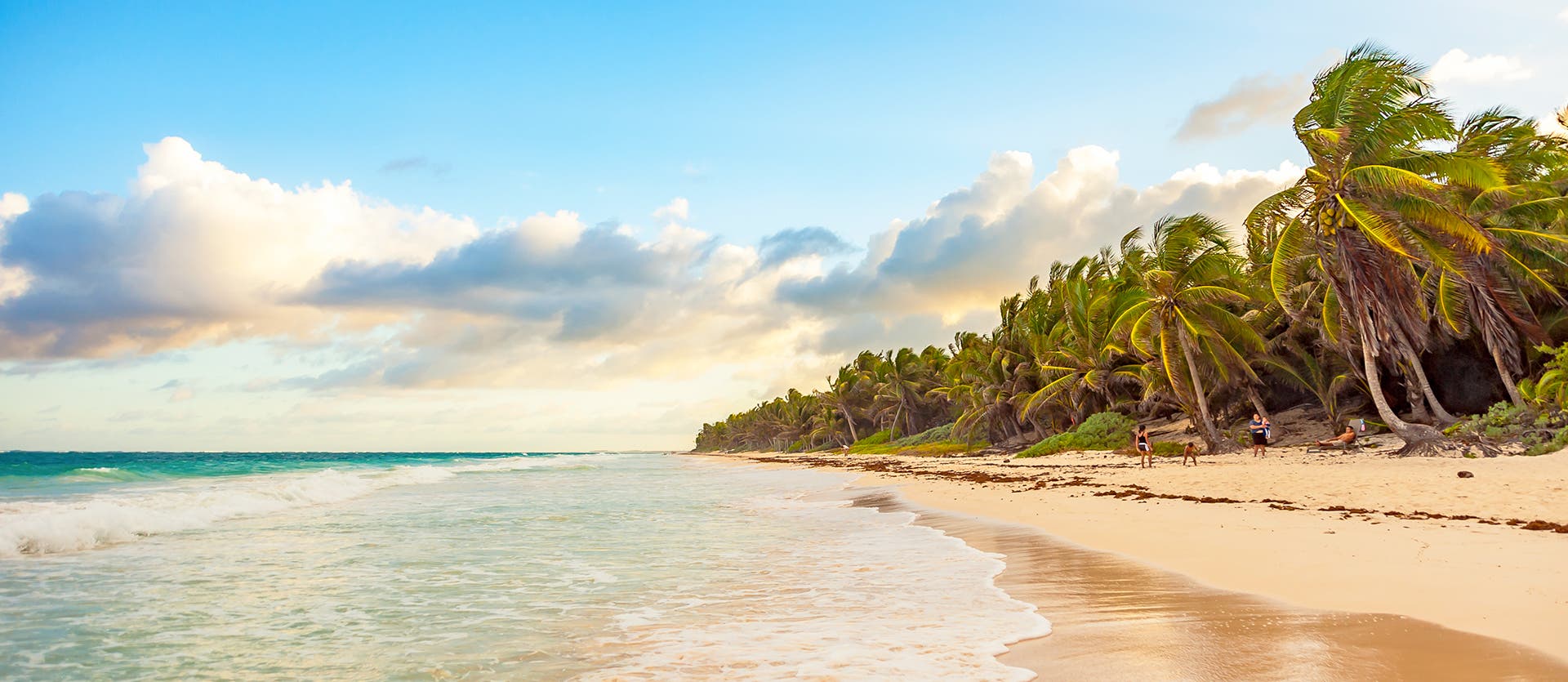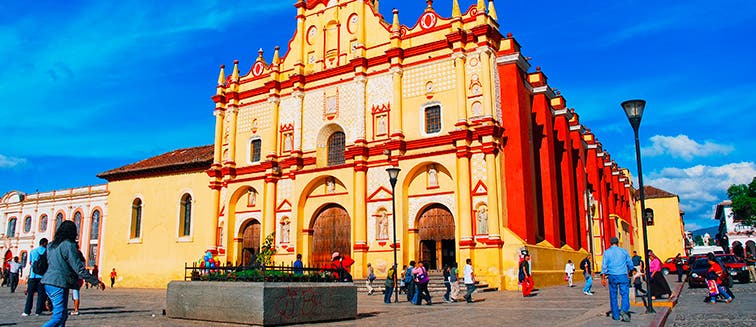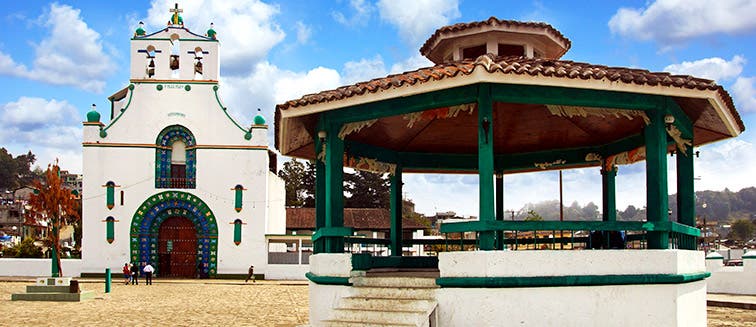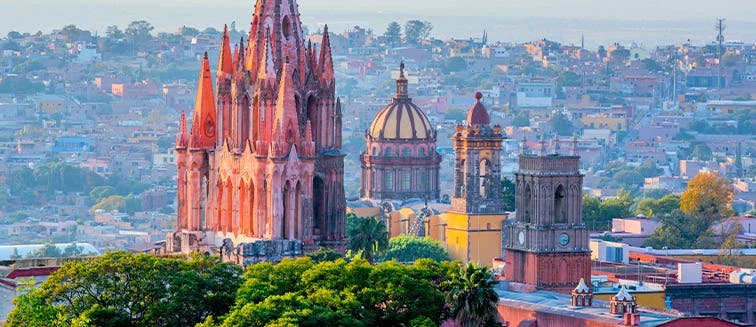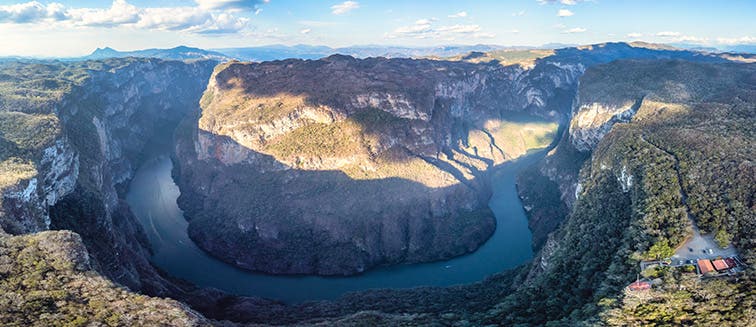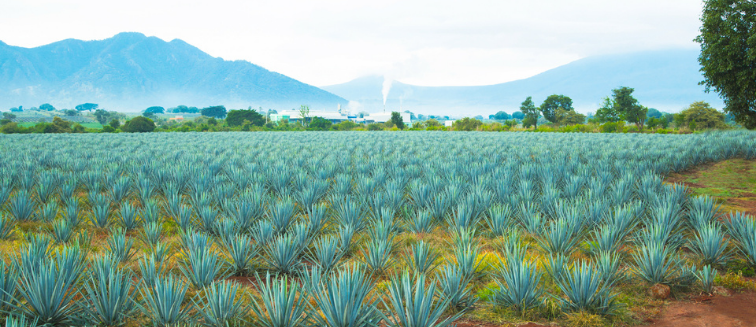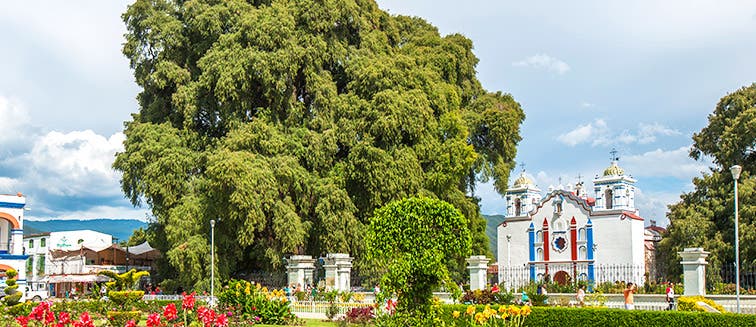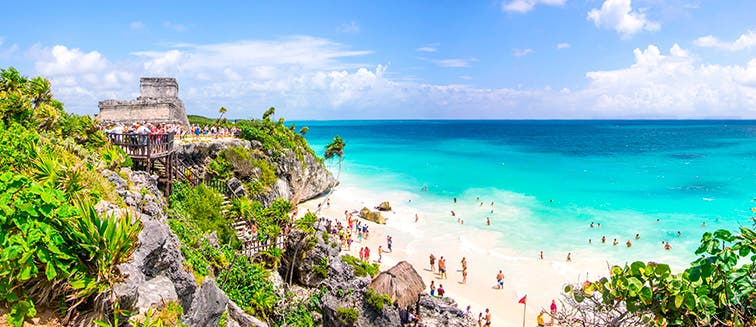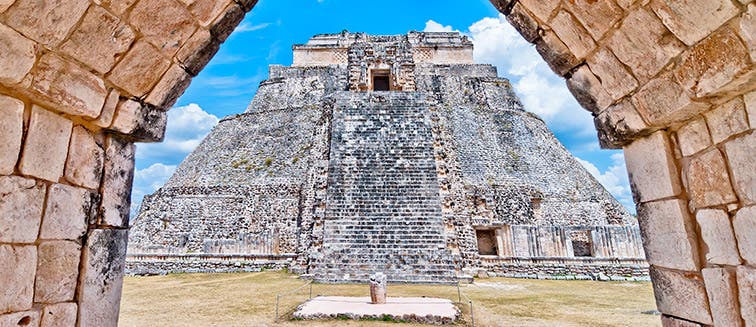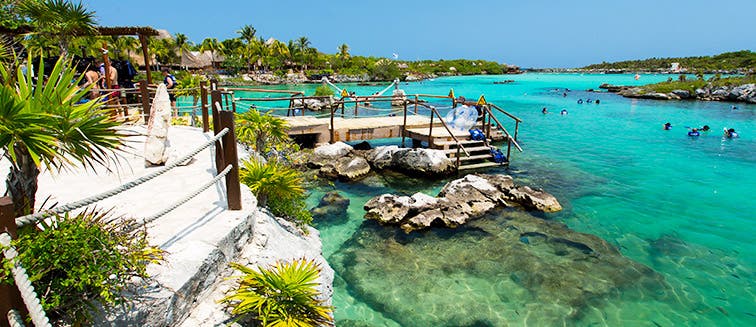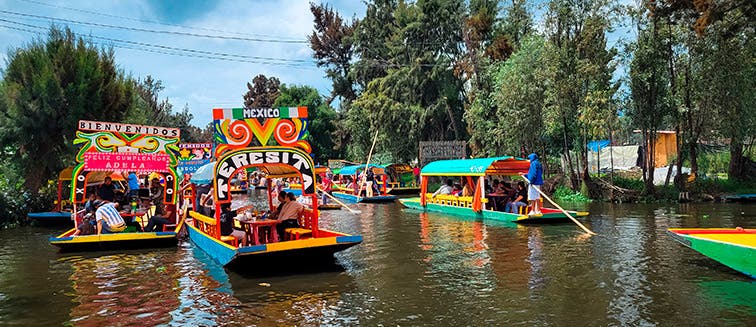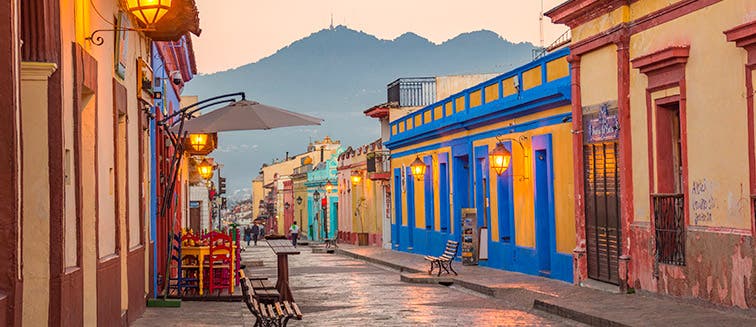Africa
Americas
Asia
Europe
Oceania
Holidays to Europe (93 available)
Albania(2)
Austria(6)
Baltic States(3)
Belgium(5)
Croatia(3)
Cyprus(1)
Czech Republic(5)
Denmark(1)
England(10)
Finland(2)
France(13)
Germany(7)
Greece(10)
Holland(5)
Hungary(4)
Iceland(6)
Ireland(9)
Italy(13)
Montenegro(1)
Northern Ireland(2)
Norway(9)
Portugal(9)
Romania(1)
Scotland(6)
Slovakia(1)
Spain(9)
Sweden(2)
Switzerland(4)
By Season
By Interest
By Group
What to see in Mexico
Chichen Itza
Tourist attractions Chichen Itza
Once upon a time, Chichen Itza was among the most important city-states in pre-Hispanic America. Nowadays, it’s considered one of the 7 wonders of the world and is a highly popular tourist attraction on Mexico’s sun-kissed Yucatan Peninsula. A Mayan city, frozen in time, a trip to Chichen Itza is high on the bucket lists of many a traveller. Occupying an area of 4-square miles, the city was once a religious, military, political and commercial centre, home to an estimated population of 35,000 people.
It’s thought that a city of such size and grandeur was constructed here, a largely arid region, due to the existence of two cenotes in the surrounding area, allowing for easy access to water which, in turn, allowed the ancient city to flourish. More than 1000 years of history are encompassed within the site, and both Maya and Toltec civilisations have shaped the monuments that still stand to this day.
The modern-day site is divided into Old Chichen and Chichen Itza, two distinct zones where you can encounter a variety of architectural styles and trace different periods in this vast city’s history. In total, there are 26 Mayan-era structures to discover if you travel to Chichen Itza.
Within easy reach of the popular resorts of Cancun and the Riviera Maya, day trips to Chichen Itza are the ideal way to see the legendary ruins for those vacationing in this part of Mexico. If you are fortunate enough to travel to Chichen Itza during the Spring or Autumn equinoxes you’ll experience the so-called ‘Serpent Effect’ when the northwest corner of the Kukulcan pyramid casts a snake-like shadow on the central staircase! Nevertheless, visiting Chichen Itza at any time of year is a unique opportunity to discover the secrets of Mexico’s most mysterious and ancient civilisations.
Things to see at Chichen Itza
At the heart of the site lies the Temple of Kukulcan, the most famous structure at Chichen Itza. Also known as ‘El Castillo’, this 4-sided stepped pyramid was built during the peak of the city’s power. At the top of the 30-metre tall pyramid is a rectangular temple. With its sacred serpent statues and mysterious astrological alignment, it’s little wonder this pyramid captures the imagination of all who visit, or long to visit Chichen Itza. A nightly light show at the pyramid recreates the unique serpent-shadow effect and is an unmissable highlight if you visit the site.
Several ball courts have been identified at Chichen Itza, but the Great Ball Court is the largest and most impressive. It was constructed as a stage for the Mesoamerican Ball Game, a little-understood ceremonial ritual that was widely played by ancient civilizations on the Yucatan Peninsula. The sheer size and decoration of the Great Ball Court make it easy to imagine the importance of the games or rituals that once took place here.
Another of the best things to see at Chichen Itza is the huge Temple of the Warrior, a stepped pyramid, thought to have played host to large scale public gatherings. The central temple boasts incredible reliefs of warriors, eagles and jaguars and inside the temple is the Tomb of Chac Mool, a reclining sculpture thought to symbolise a slain warrior.
To delve deeper into the beliefs and technologies of the ancients, be sure to visit the Observatory, living proof of the Mayans ’ interest in all things astrological. This spherical building sites atop a large platform and it’s thought that the observatory was perfectly positioned to observe the path of the planet Venus.
Finally, a tour of Chichen Itza would be incomplete without visiting the Sacred Cenote. The Yucatan Peninsula is home to several cenotes, the result of naturally occurring limestone sinkholes. 60-metres in diameter, the Sacred Cenote was once an important place of pilgrimage for the ancient Mayans and a site of ritual sacrifice. Over the centuries, many valuable objects have been excavated from the cenote, including gold, obsidian and jade artefacts.
OUR BEST TRIPS TO CHICHEN ITZA
YOU ALSO LIKE
Tourist attractions mexico
Points of interests
- Trips to Agua Azul Waterfalls
- Trips to Campeche
- Trips to Cancun
- Trips to Chichen Itza
- Trips to Guadalajara
- Trips to Guanajuato
- Trips to Merida
- Trips to Mexico City
- Trips to Mitla
- Trips to Monte Alban
- Trips to Morelia
- Trips to Oaxaca
- Trips to Palenque
- Trips to Patzcuaro
- Trips to Puebla
- Trips to Puerto Vallarta
- Trips to Queretaro
- Trips to Riviera Maya
- Trips to San Cristóbal de las Casas
- Trips to San Juan Chamula
- Trips to San Miguel de Allende
- Trips to Sumidero Canyon
- Trips to Tequila
- Trips to Tule
- Trips to Tulum
- Trips to Uxmal
- Trips to Xel-Ha
- Trips to Xochimilco
- Trips to Zinancantan
Other Points of interests
- Trips to Zion National Park
- Trips to Alaska
- Trips to Amish Country
- Trips to Anchorage
- Trips to Antelope Canyon
- Trips to Arches National Park
- Trips to Arizona
- Trips to Atlanta
- Trips to Banff
- Trips to Baton Rouge
- Trips to Big Island
- Trips to Boston
- Trips to Bryce Canyon
- Trips to Bryce Canyon National Park
- Trips to Calgary
- Trips to Capitol Reef National Park
- Trips to Carmel
- Trips to Chattanooga
- Trips to Chicago
- Trips to Country Music Hall of Fame
- Trips to Crystal River
- Trips to Death Valley National Park
- Trips to Denali National Park
- Trips to Everglades National Park
- Trips to Finger Lakes
- Trips to Florida
- Trips to Florida Gulf Coast
- Trips to Gettysburg
- Trips to Graceland
- Trips to Grand Canyon
- Trips to Grand Teton National Park
- Trips to Haleakala National Park
- Trips to Hawaii
- Trips to Honolulu
- Trips to Horseshoe Bend
- Trips to Indianapolis
- Trips to Indianapolis Motor Speedway
- Trips to Jackson Hole
- Trips to Jasper
- Trips to Kamloops
- Trips to Kanab
- Trips to Kenai Fjords
- Trips to Kennedy Space Center
- Trips to Key West
- Trips to Kona
- Trips to Lac Delage
- Trips to Lahaina (Maui)
- Trips to Lake Louise
- Trips to Lake Powell
- Trips to Lancaster
- Trips to Las Vegas
- Trips to Lompoc
- Trips to Los Angeles
- Trips to Mammoth Lakes
- Trips to Maui
- Trips to Memphis
- Trips to Miami
- Trips to Miami Beach
- Trips to Mojave Desert
- Trips to Mont-Tremblant
- Trips to Monterey
- Trips to Montreal
- Trips to Monument Valley
- Trips to Monument Valley Navajo Tribal Park
- Trips to Naples
- Trips to Nashville
- Trips to Natchez
- Trips to National Civil Rights Museum
- Trips to New Orleans
- Trips to New York
- Trips to Niagara Falls
- Trips to Niagara Falls
- Trips to Niagara-on-the-Lake
- Trips to Oahu
- Trips to Orlando
- Trips to Ottawa
- Trips to Page
- Trips to Palm Beach
- Trips to Palm Springs
- Trips to Parc Omega
- Trips to Park City
- Trips to Pearl Harbor
- Trips to Philadelphia
- Trips to Quebec
- Trips to Rocky Mountains
- Trips to Route 66
- Trips to Saguenay
- Trips to Salt Lake City
- Trips to San Francisco
- Trips to San Salvador
- Trips to Santa Barbara
- Trips to Santa Monica
- Trips to Sarasota
- Trips to Sedona
- Trips to Sequoia National Park
- Trips to Seward
- Trips to South Beach
- Trips to St. Augustine
- Trips to Sun Studios
- Trips to Tadoussac
- Trips to Talkeetna
- Trips to Toronto
- Trips to Vancouver
- Trips to Ventura
- Trips to Victoria
- Trips to Volcano National Park
- Trips to Waikiki
- Trips to Washington D.C
- Trips to Williamsburg
- Trips to Yellowstone National Park
- Trips to Yosemite National Park
Countries Nearby
- Argentina Trips
- Bahamas Trips
- Belize Trips
- Bolivia Trips
- Brazil Trips
- Canada Trips
- Chile Trips
- Colombia Trips
- Costa Rica Trips
- Dominican Republic Trips
- Ecuador Trips
- El Salvador Trips
- Guatemala Trips
- Honduras Trips
- Mexico Trips
- Panama Trips
- Peru Trips
- United States Trips
Trip Styles
- Argentina Nature Vacation Packages Trips
- Chile Nature Vacation Packages Trips
- Costa Rica Nature Vacations Trips
- Ecuador Cultural Tour Packages Trips
- Ecuador Nature Vacations Trips
- Guatemala Nature Vacation Packages Trips
- Guatemala Cultural Tours Trips
- Peru Tours for Couples - Exoticca Trips
- Peru Cultural Tours Trips
- Peru Nature Vacation Packages Trips
Susbscribe to our newsletter and join Exoticca GO
The best travel deals
Exclusive promotions
Expert travel tips
